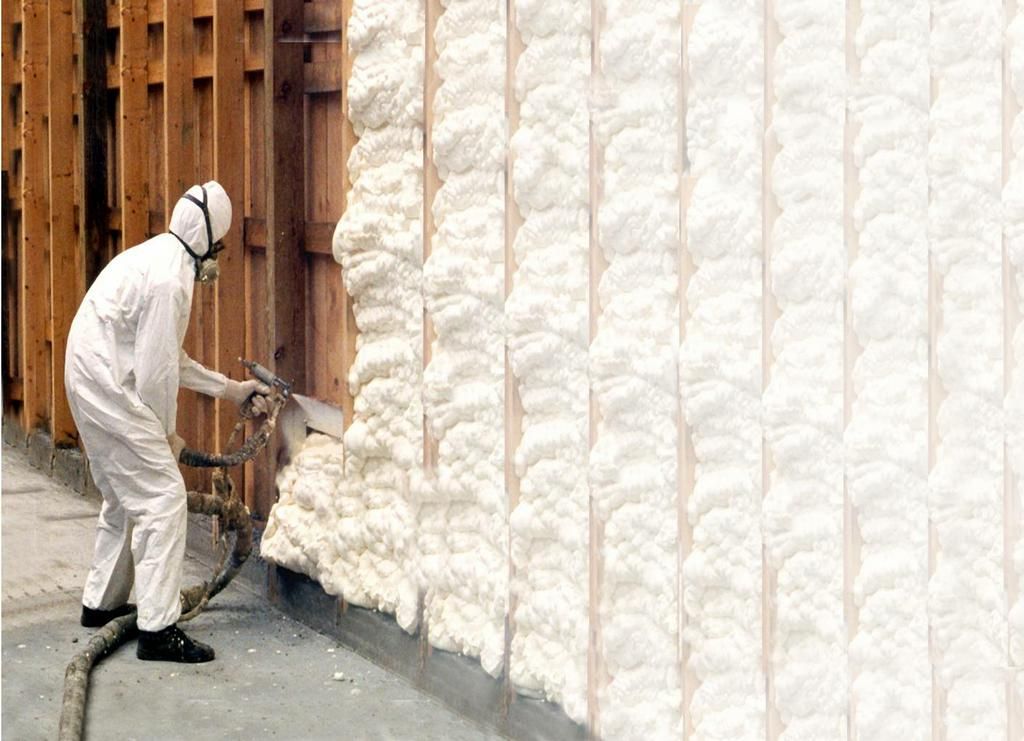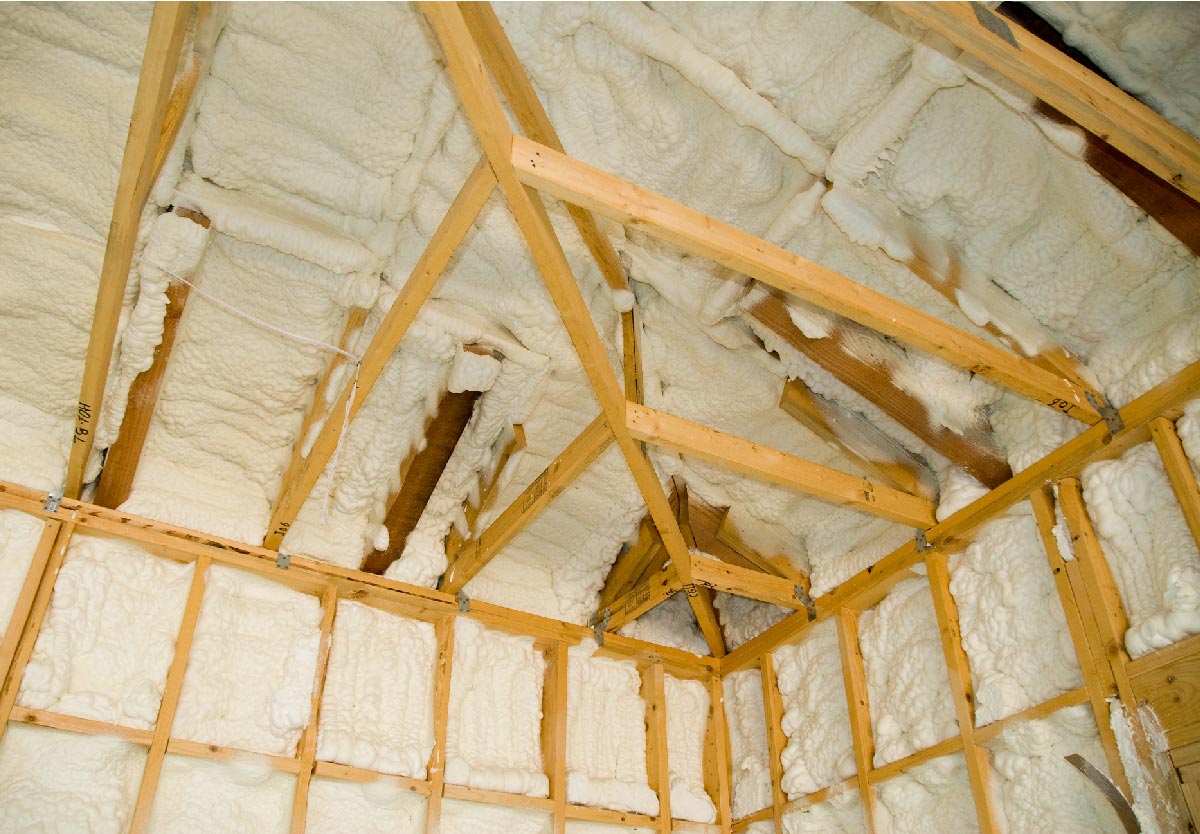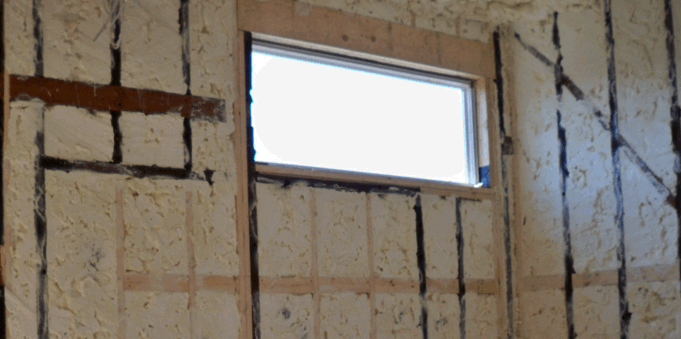They can also cause skin eye and lung irritation asthma and chemical sensitization when absorbed through the skin or inhaled.
Dangers of polyurethane spray foam insulation.
Polyurethane is in a lot of stuff from foam mattresses to bowling balls.
Spray polyurethane foam spf insulation can spray in both tight and hard to reach spaces as well as larger sections called sandwich panels which feature in between structures walls.
Sensitization means that workers can develop an allergy to a certain chemical after being exposed to it.
Exposure and injuries to spray foam insulation can result from a number of things including.
Isocyanates such as mdi methylene diphenyl diisocyanate are chemicals that react with polyols to form polyurethane.
Epa other federal agencies states industry and other countries have taken a variety of actions to address risks posed by exposure to isocyanates.
But today icynene open cell spray foam insulation is the safest form of home insulation with almost no risk involved for homes or homeowner.
A worker sprays the foam with a special gun into a wall area or into drilled holes where the foam expands and seals the section.
The typical paint type odor of spray foam comes from isocyanates which are very reactive and known to cause cancer and other health problems.
Exposures to isocyanates should be minimized.
Spf insulation contains chemicals called isocyanates that can cause skin and lung sensitization as well as irritation to the skin and mucous membranes like the eyes.
If spray foam is installed and cured properly it should not emit fumes or odours.
William swietlik co chair of the epa s workshop on spray foam dangers has asserted that the chemicals used in the insulation are a leading cause of workplace asthma and are a well known sensitizing toxicant to humans the bottom line.
Dermal eye and respiratory exposures can trigger adverse health responses.
Be sure to research your installer their safety protocols and reviews.










